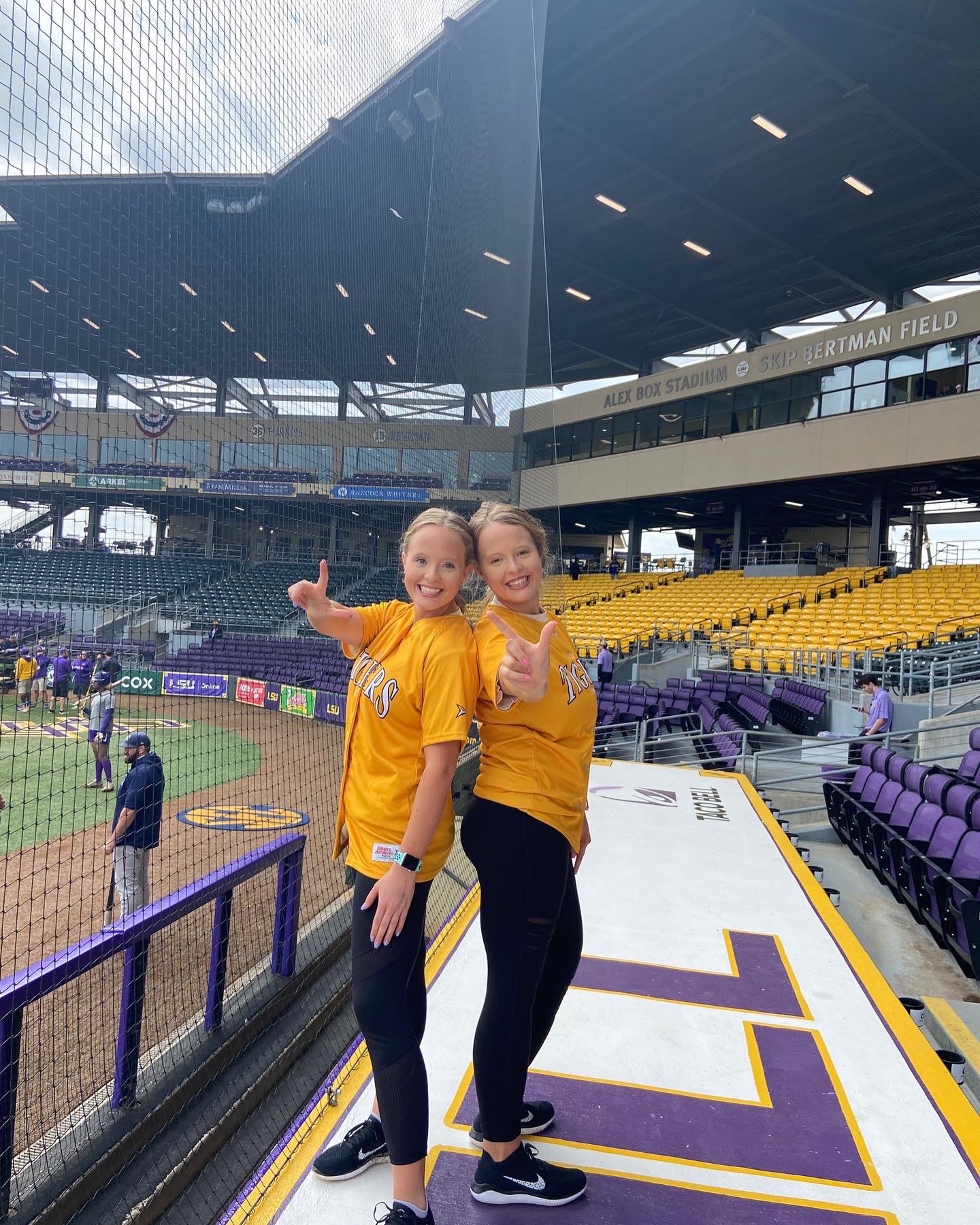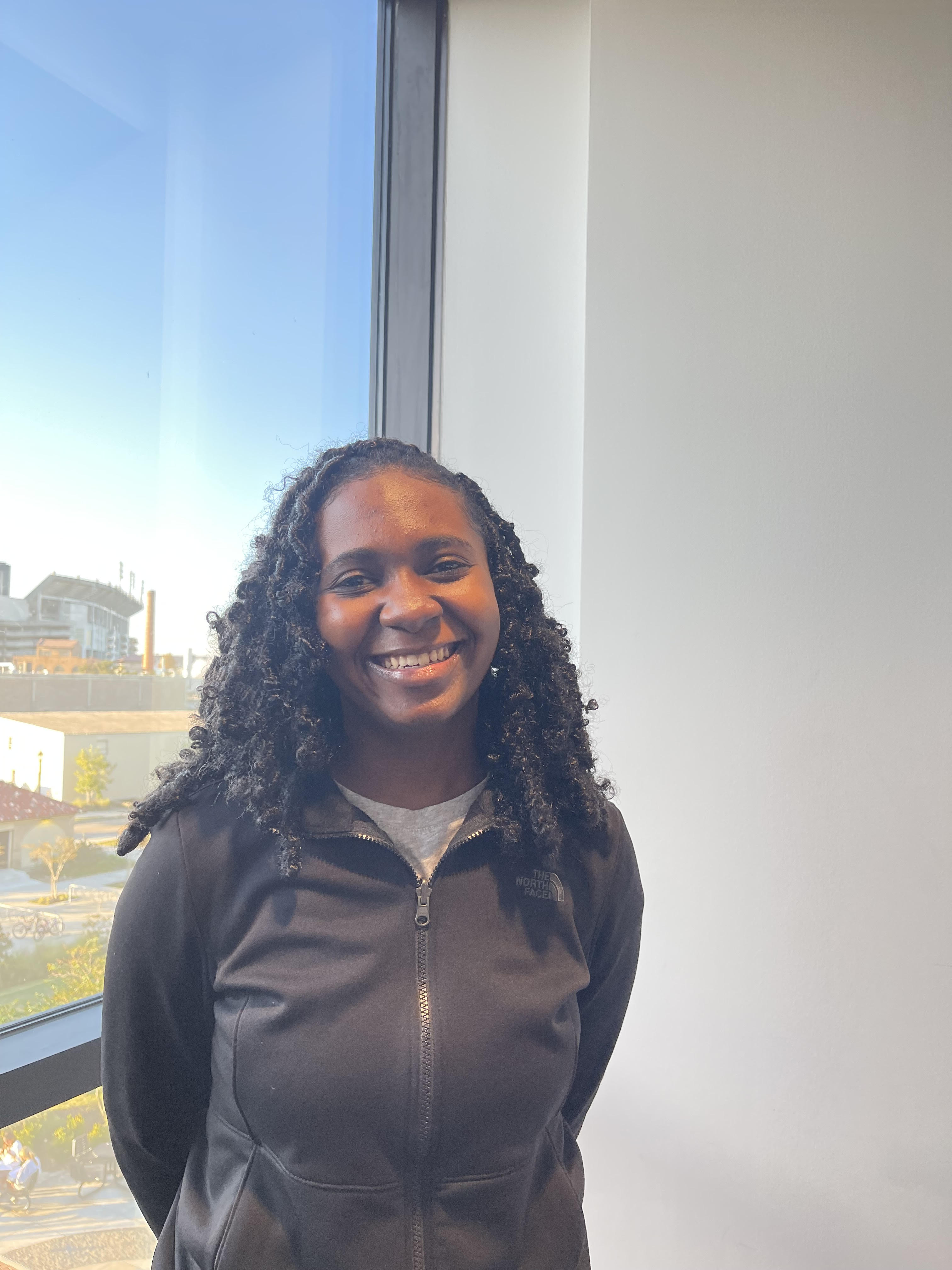The Future is Phytoplankton! Catching up with CC&E's Discover Grant Awardees
BATON ROUGE - Mentored research is a crucial step in the development of any scientist. CC&E offers many opportunities for undergraduates to gain research experience, both by working in faculty labs or pursuing personal projects. This spring, four Coastal Environmental Science students were able to further their personal research projects when they received funding from the LSU Discover Project Grant program.
CC&E caught up with them to find out how things are going.
Determining the Efficacy of Carbon-Sequestering Phytoplankton Species

Sierra Moran
Researcher: Sierra Moran
Faculty Mentor: Sibel Bargu Ates, Shell Professor in Oceanography/Wetland Studies, Department of Oceanography & Coastal Sciences; Brian Snyder, Associate Professor, Department of Environmental Sciences
Rising carbon emission levels have made carbon dioxide removal (CDR) systems a promising area of research in the ongoing quest to remove carbon dioxide from the atmosphere and store it. Sierra’s project looks at one such system, Biomass Slurry Fracture Injection (BSFI), which uses a carbon-sequestering culture stock that is grown and then injected and sealed into an underground rock formation. This project uses phytoplankton because certain species have a rapid growth rate, an ability to grow in a variety of agricultural lands, and high carbon content, characteristics that make them good candidates for use in BSFI. Sierra is investigating the growth rate, environment and carbon sequestering abilities of different phytoplankton species.
“Algae is commonly viewed as a nuisance, and research concerning algae is often directed at how to limit blooms and toxicity,” Sierra said. “Through the research and work I have done for this project, I have been introduced to the many ways that algae support our environment and their importance in mitigating climate change, not just as a carbon sink but also as a source of biofuel and nutrition. The future is phytoplankton!”
Potential Effects of SCTLD on M. Cavernosa

Gillian and Morgan Coleman
Researchers: Gillian Coleman, Morgan Coleman
Faculty Mentor: Dan Holstein, Assistant Professor, Department of Oceanography & Coastal Sciences
Stony Coral Tissue Loss Disease (SCTLD) is one of the biggest threats facing America’s coral reefs. Gillian and Morgan’s project looks at transmission and progression in SCTLD in Montastrea cavernosa, or the Great Star Coral, specifically examining its effects on the coral’s ability to reproduce. Using samples of disease resistant coral, this project is investigating whether the coral’s ability to fend off SCTLD comes at the cost of its reproductive abilities. Gillian and Morgan’s research is some of the first of its kind, using histopathology, or the study of diseased cells and tissues, to investigate. If they determine M. Cavernosa can successfully reproduce and has developed a resistance to SCTLD, then it can be used as a foundation species to rebuild coral reefs.
"I would say that one of the biggest things that I have learned during this opportunity, is how many different aspects go into a project to make it work," Morgan said. "We have had an incredible amount of support from our lab and everyone apart of the discover grant program. I definitely think that research is a team effort!"
"One thing I have loved about this program is that there is always someone there to help," Gillian added. "Everyone involved in the Discover Grant program wants to see you succeed, and they are all eager to help or answer questions when needed. I have also learned how to apply for a grant on a smaller scale, and I really think this is building a useful skill."
Sustainable Floating Wetland Construction

Kameelah Z. Hollis
Researcher: Kameelah Hollis
Faculty Mentor: Brian Snyder, Associate Professor, Department of Environmental Sciences
Dr. Snyder and Kameelah are looking into ways using floating, naturally based artificial wetlands to combat climate change and create cleaner water. Wetlands are some of the most productive ecosystems in the world and could be very useful in producing more plants that in turn will capture more carbon, a greenhouse gas that contributes to climate change. However, harvesting wetlands is difficult and creating new wetlands is expensive. But, what if we could create an artificial, floating wetland that would produce more plants and remove impurities from water? While some floating wetlands already exist, they are made of plastic. Kameelah plans to improve on these models and reduce potential microplastic pollution by designing, building, and testing a floating wetland made from bamboo to determine if it can provide a stable platform for wetland biomass growth.
This research is a continuation of her Spring 2022 Research Grant.
Kameelah said, "One important thing I have learned is the need to be thorough with investigations. I have found my project to be somewhat of a rabbit hole where I am having to look at all angles of the environment, that I originally did not acknowledge, to understand the impact of the apparatus."